Do you have a question about the GE Reason RT430 and is the answer not in the manual?
| Brand | GE |
|---|---|
| Model | Reason RT430 |
| Category | Control Unit |
| Language | English |
Provides an overview of the content covered in the safety chapter.
Details essential health and safety information for personnel handling the equipment.
Explains the meaning of various symbols used in the manual and on the equipment.
Identifies hazards associated with lifting and moving the equipment.
Outlines electrical hazards and necessary safety precautions during operation.
Details compliance with Electromagnetic Compatibility directives and standards.
Specifies compliance with product safety standards and regulations.
Defines the installation category for overvoltage protection.
Information on the equipment's protective class for user safety.
Specifies the environmental conditions for operation and installation.
Details compliance with Radio and Telecommunications Terminal Equipment directive.
Introduces the RT430 GPS Grandmaster Clock and its primary applications.
Details the configuration options for the unit's Ethernet network ports.
Describes the available power supply options and configurations for the unit.
Specifies the electrical operating voltage range, frequency, and consumption.
Provides technical specifications for the GPS antenna input signal.
Details the specifications for the active GPS antenna used with the unit.
Specifies the types and characteristics of available antenna cables.
Details the specifications for the unit's internal oscillator.
Technical specifications for TTL level electrical output signals.
Technical specifications for the open collector electrical output interfaces.
Technical specifications for the optical output interfaces.
Technical specifications for the amplitude modulated output signal.
Technical specifications for the serial communication ports.
Specifications for the dry-contact relay used for locked signaling.
Technical specifications for the event input interface.
Technical specifications for the Precision Time Protocol (PTP).
Technical specifications for the unit's Ethernet ports.
Environmental specifications for operating temperature and altitude.
Physical dimensions and weight specifications of the RT430 unit.
Step-by-step instructions for carefully unpacking the equipment.
Guidelines for the proper installation environment and normal operation.
Information on external labels, serial numbers, and indicator lights.
Environmental considerations for the installation and operation of the unit.
Instructions for mounting the RT430 unit, typically in a 19-inch rack.
Description and identification of the rear panel connectors.
Details on powering the unit, including redundancy options.
Specific instructions for connecting the AC power source to the unit.
Specific instructions for connecting the DC power source to the unit.
Procedures for ensuring proper and safe grounding of the equipment.
Step-by-step guide for safely powering on the RT430 unit.
Instructions for connecting and positioning the GPS antenna for time reference.
Details on configuring and using the TTL electrical output signals.
Information on configuring and using the open-collector electrical outputs.
Details on the optical outputs and their specific usage and configuration.
Information on the amplitude modulated output signal, typically for IRIG-B124.
Configuration and usage instructions for serial ports.
Details the function and usage of the dry-contact relay for signaling.
Information on the event input for signal verification and timestamping.
Details EMC tests performed according to specific IEC standards.
Overview of the RT430's Ethernet communication interfaces.
Lists the default IP, Netmask, and Broadcast settings for Ethernet ports.
Specifies required ports and protocols for Ethernet communication.
Methods and configurations for establishing direct communication with the unit.
Procedures for establishing network communication using Ethernet.
Instructions on how to access and use the RT430 via its Web Interface.
Guide on accessing and utilizing the Web Interface for configuration.
Configuration settings for network parameters like IP, gateway, and DNS.
Configuration options for time-related settings, including timezone and DST.
Detailed configuration of signals applied to the unit's synchronism outputs.
Configuration settings for Precision Time Protocol (PTP) synchronization.
Management of configurations, firmware, keys, and user accounts.
Operating the RT430 via its local LCD display and navigation buttons.
Accessing and monitoring the unit remotely through a web browser.
Troubleshooting synchronism failures and interpreting status indicators.
Procedures for updating the unit's firmware to the latest version.
Instructions on how to change the unit key to enable new features.
Guidelines for safely cleaning the exterior of the equipment.
Procedures for returning equipment to Alstom for repair services.
Detailed safety and operational procedures for authorized repair personnel.
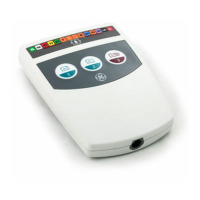

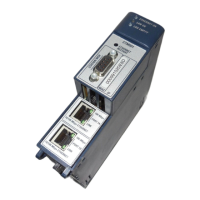
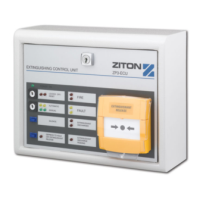
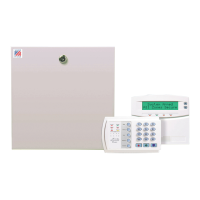
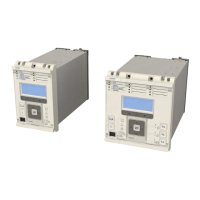
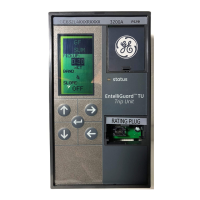
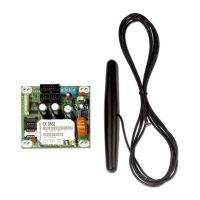

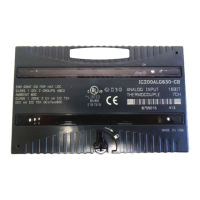
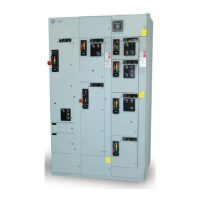

